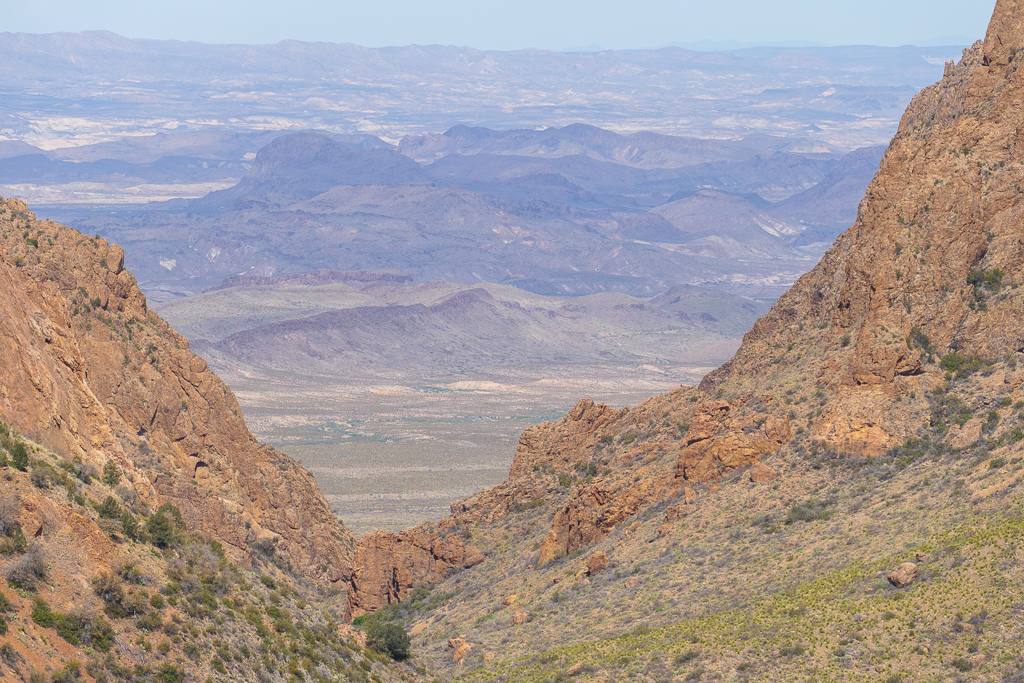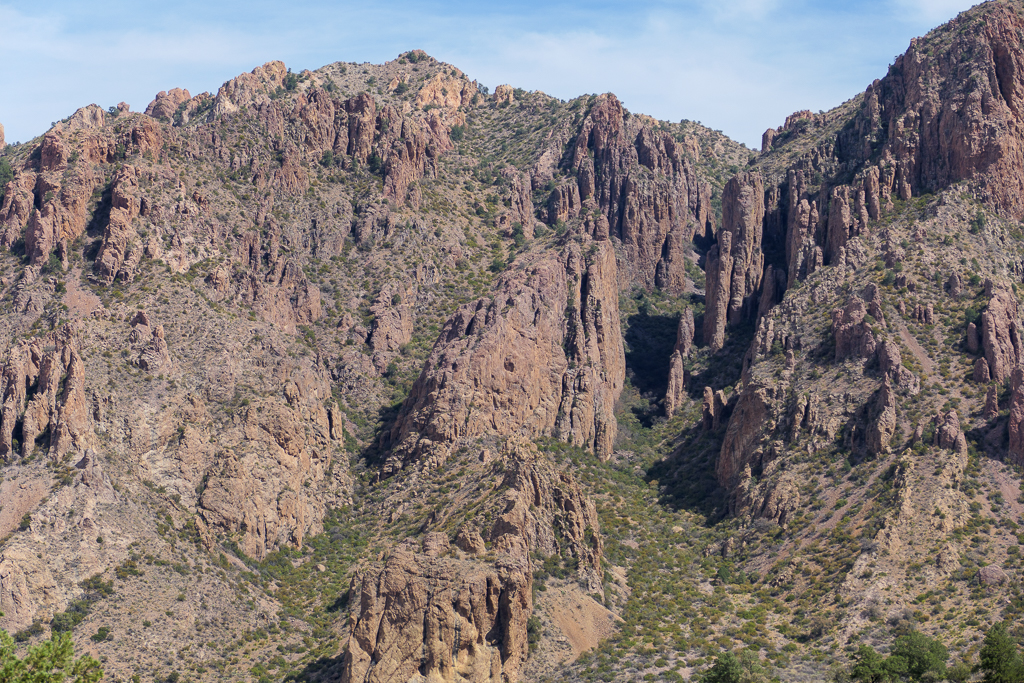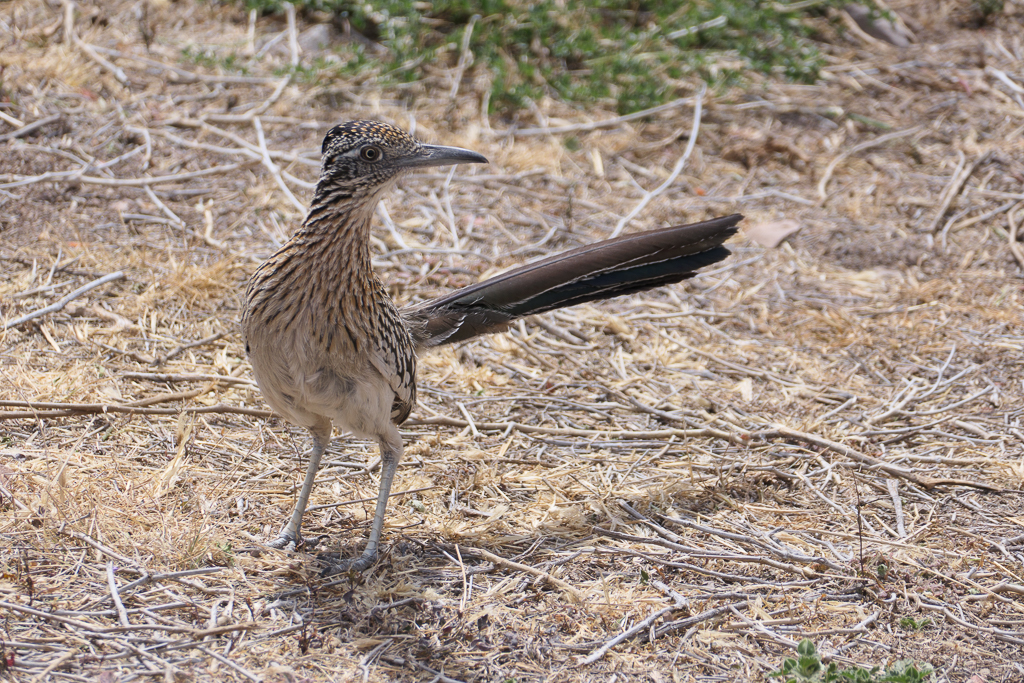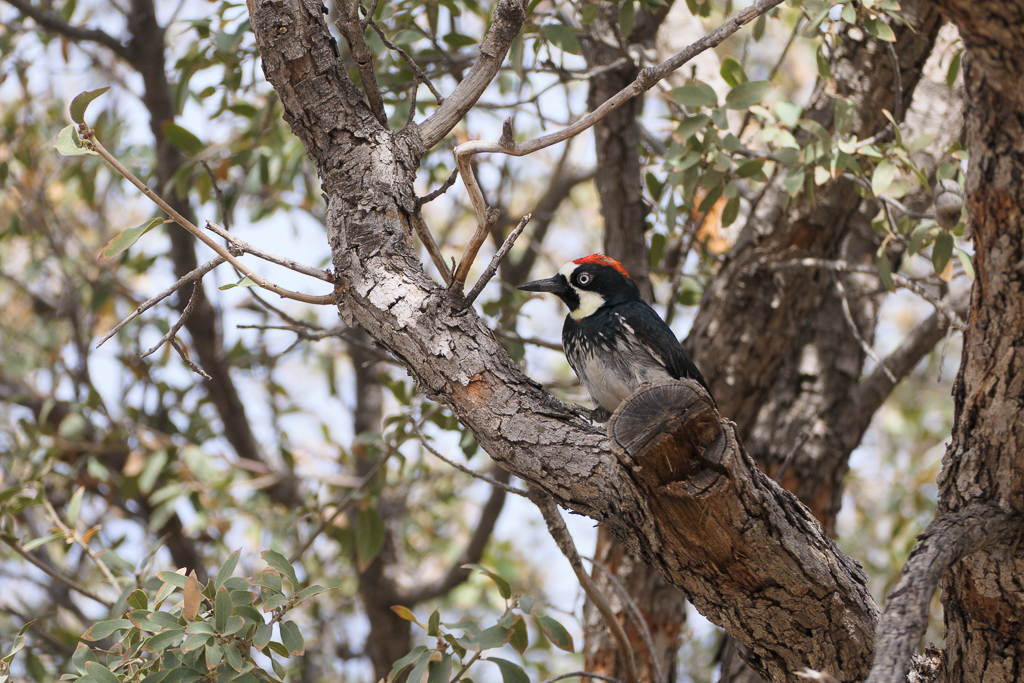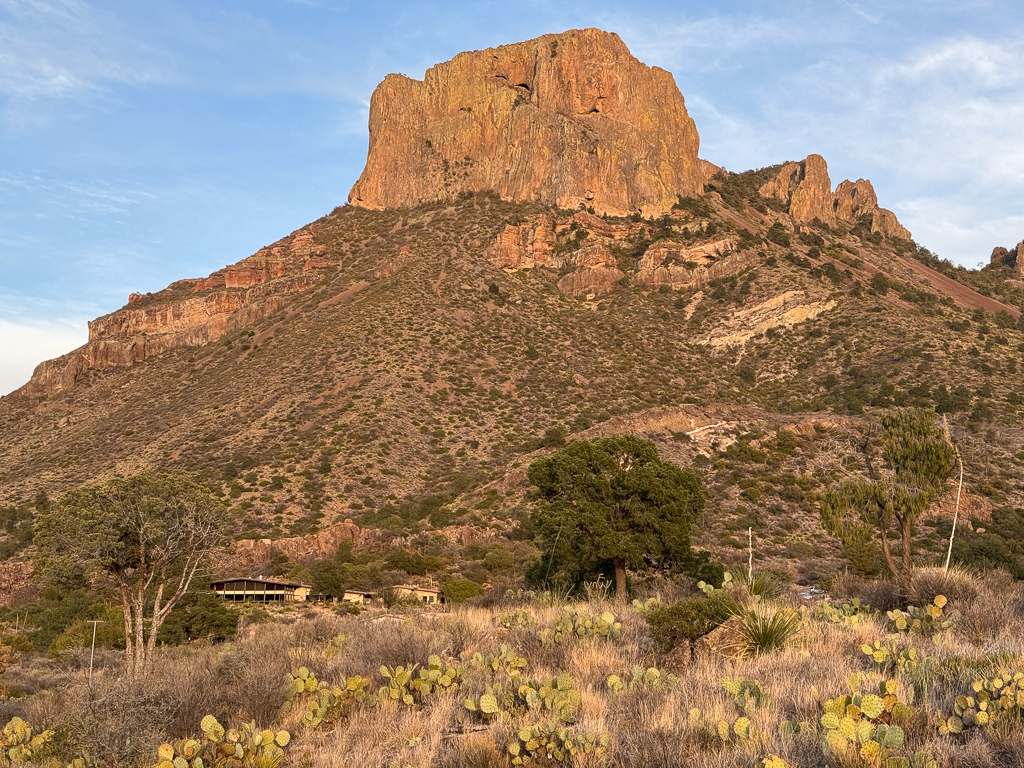Today was a big bus day; we spent seven-and-a-half hours going from Big Bend to Ox Ranch near Uvalde. It’s a hunting ranch, but we have the place to ourselves for the next couple of days, so it should be peaceful.
Some memories from the road:
Persimmon Gap Visitor Center

Marathon
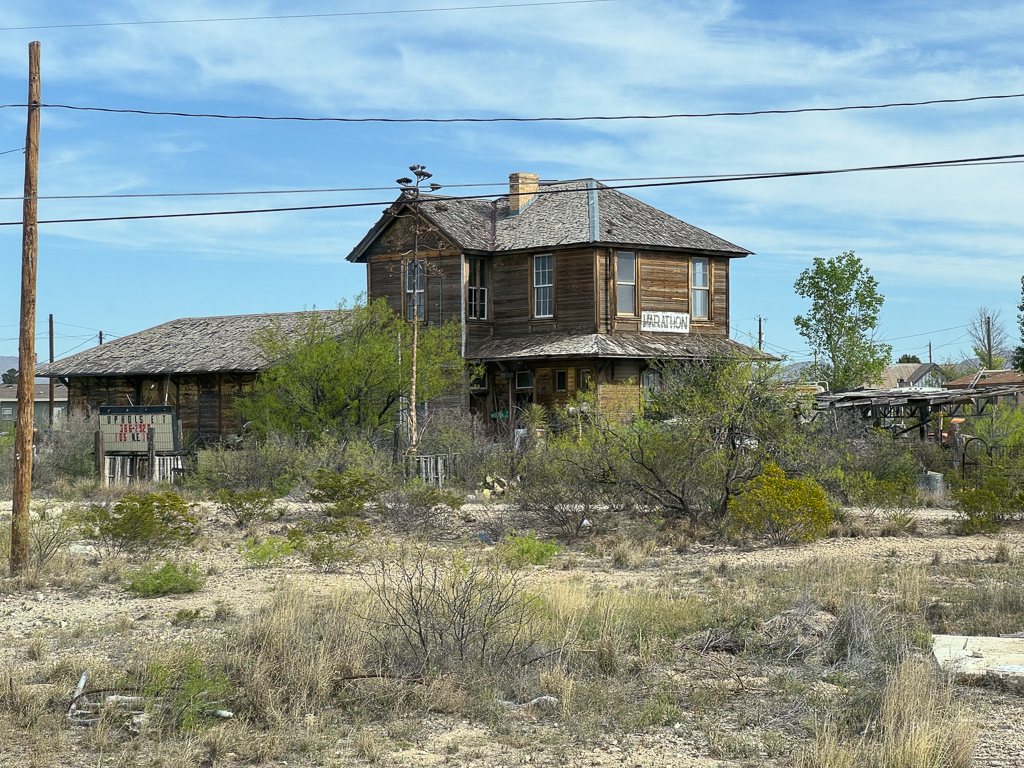
Sanderson (where we spent more than an hour, far more than our guides had planned)
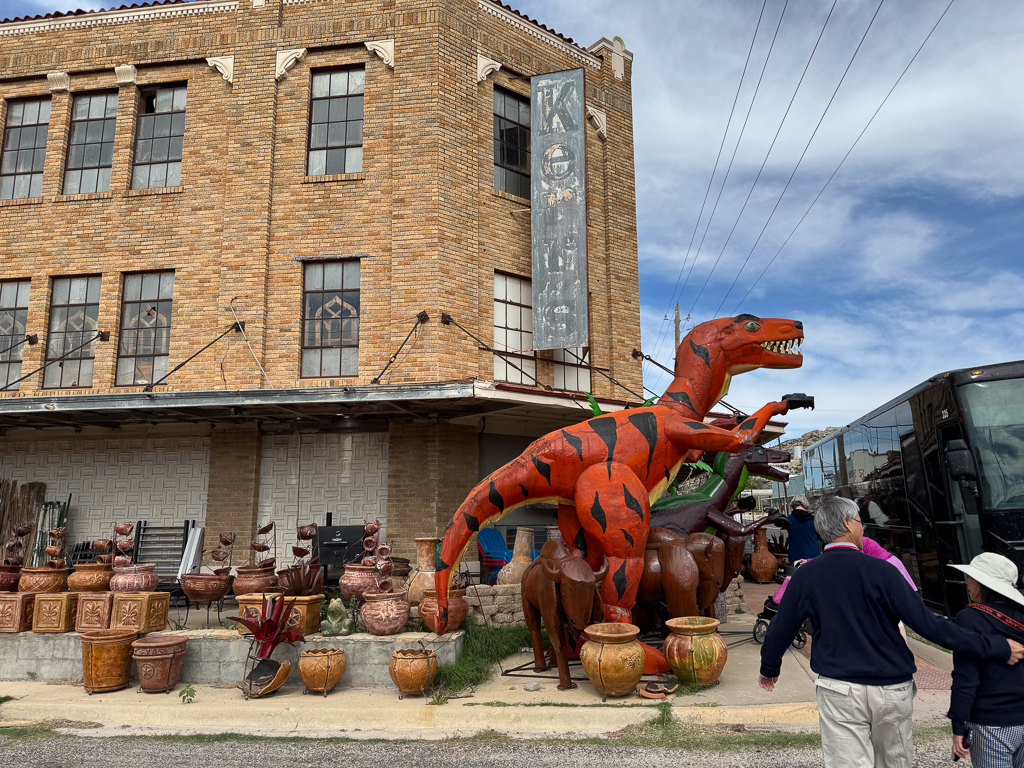
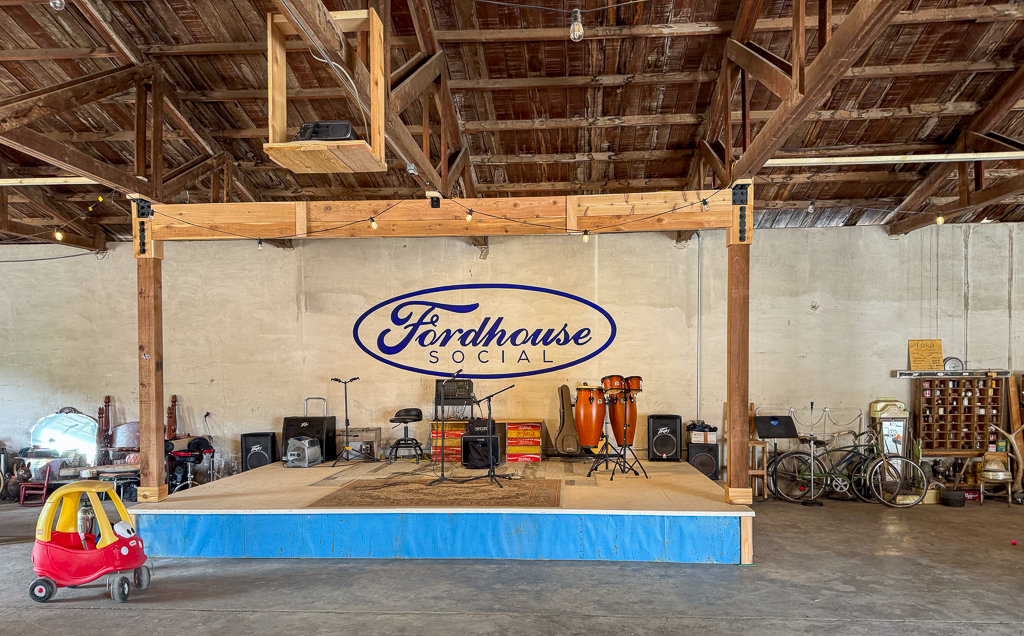
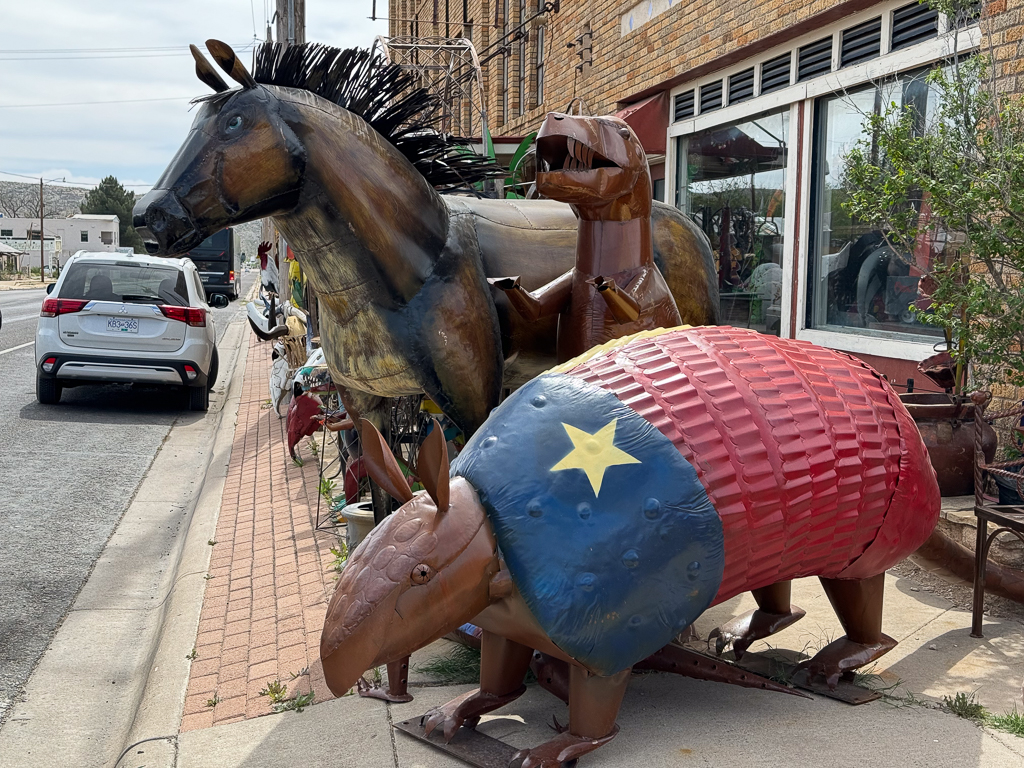
Crossing the Pecos River and leaving West Texas
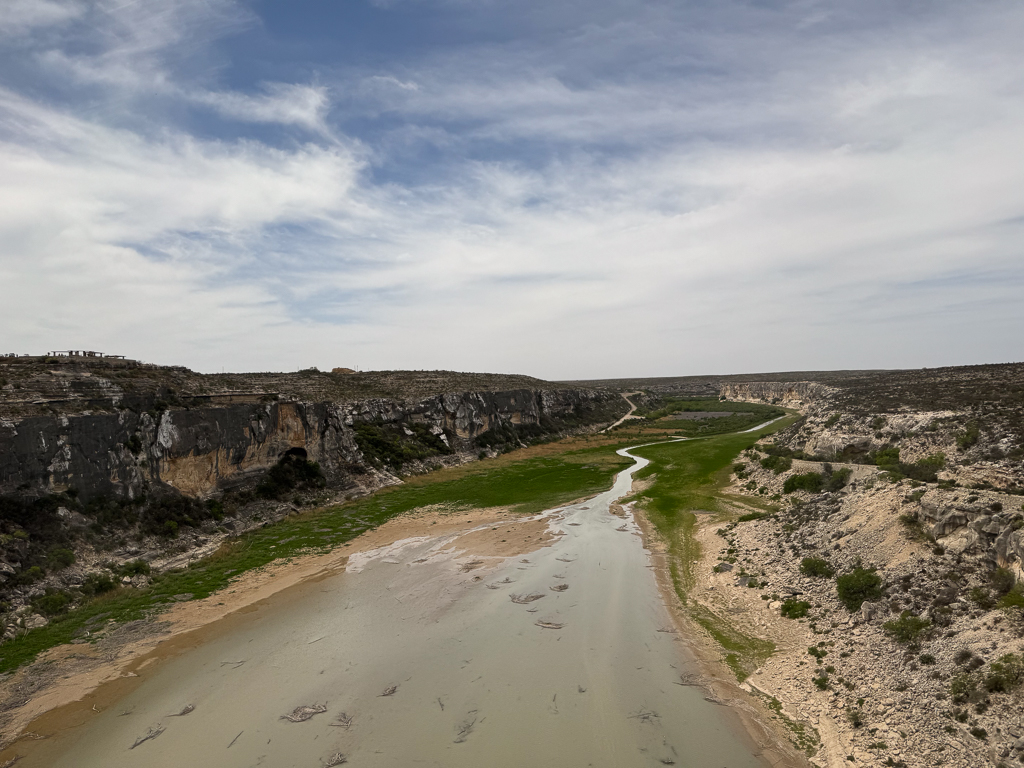
We even stopped at a Wal-Mart in Del Rio, but I didn’t take any pictures there. We also had to go through three Border Control checkpoints.
Finally, we reached our goal: Ox Ranch, where lunch awaited.
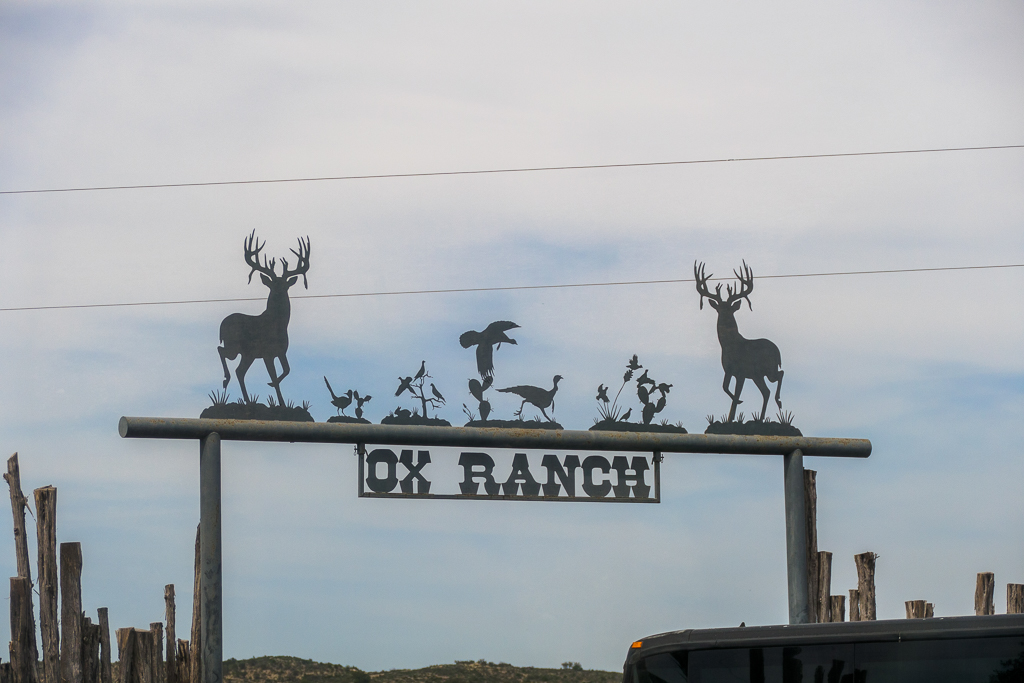
This sign shouldn’t have been a surprise since we’d had to sign a waiver agreeing to hold them harmless if something happened while we were on the ranch, but it was still a little jolting!
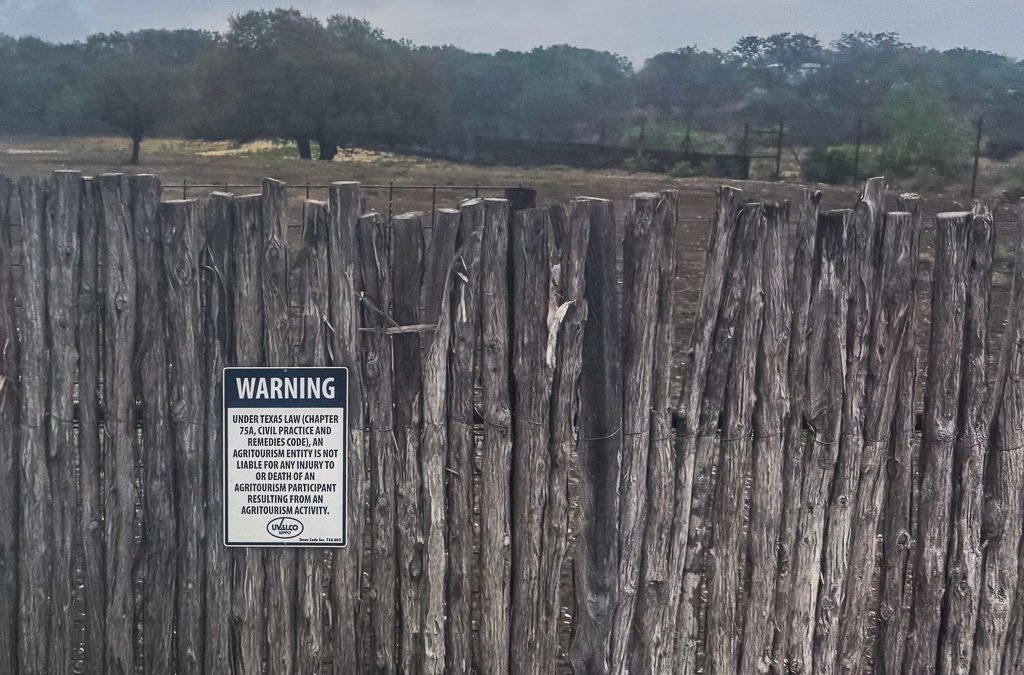
The ostriches outside the dining hall were curious about what we were eating.
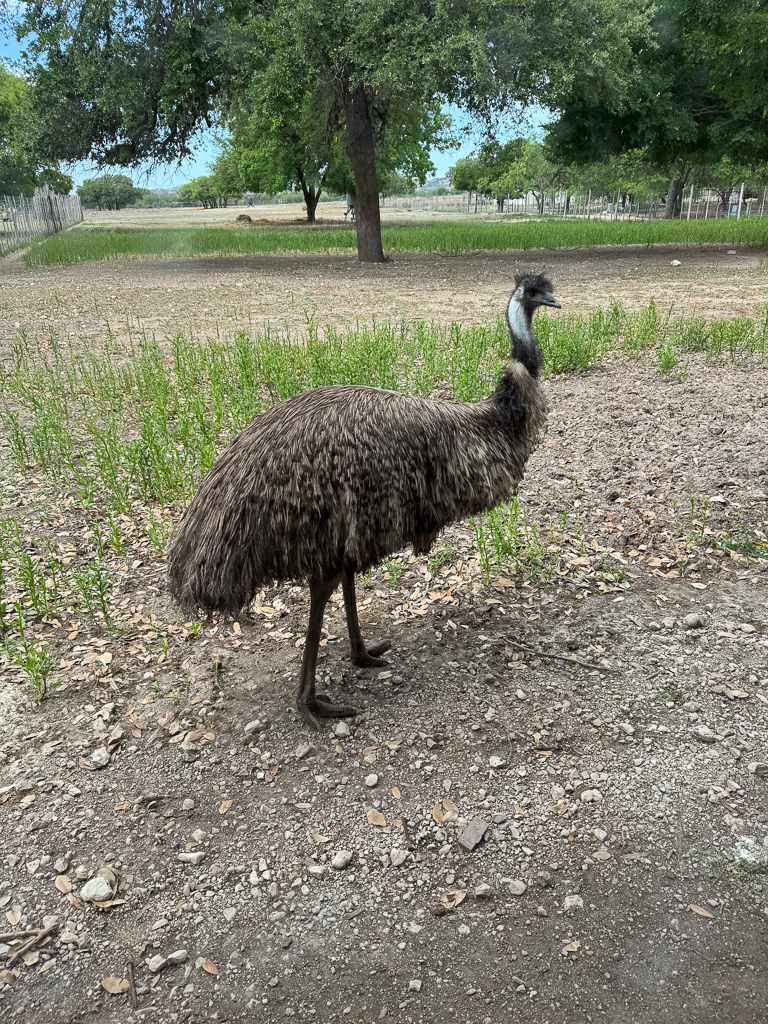
After lunch, we had a short guided safari to see more of the animals roaming the property. Some of them:

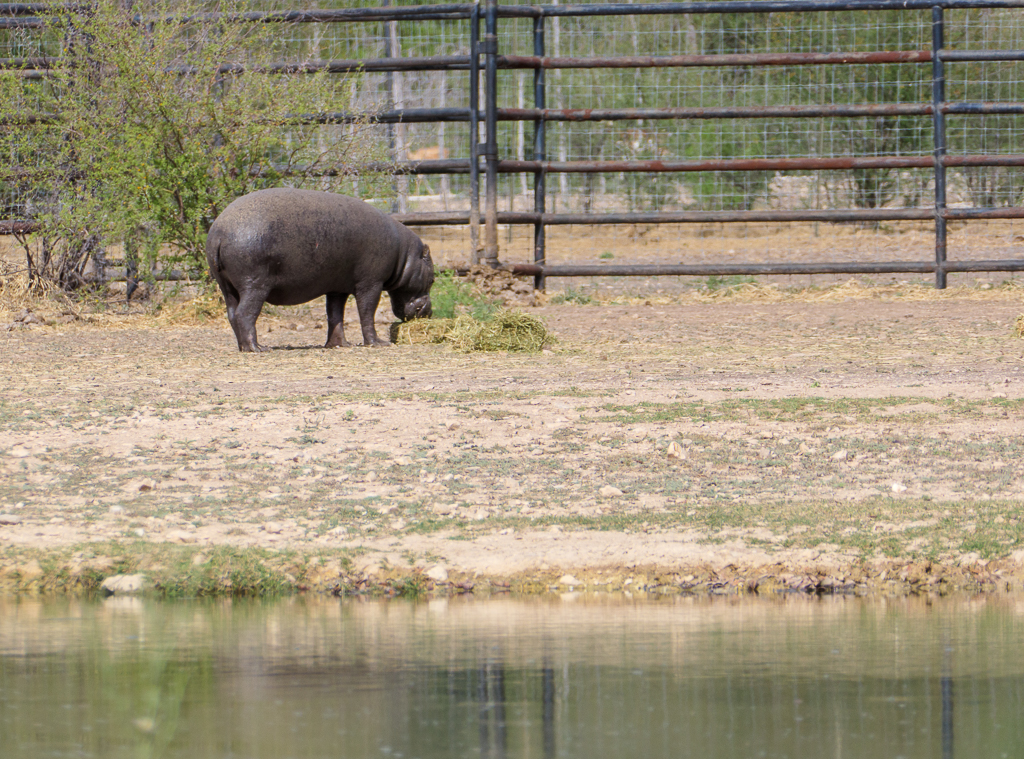
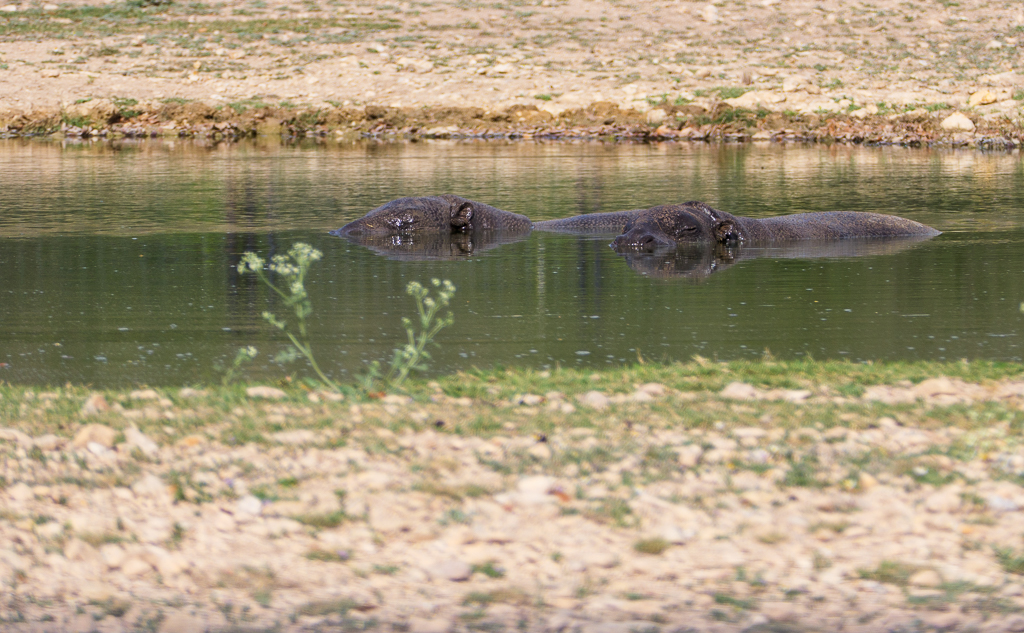
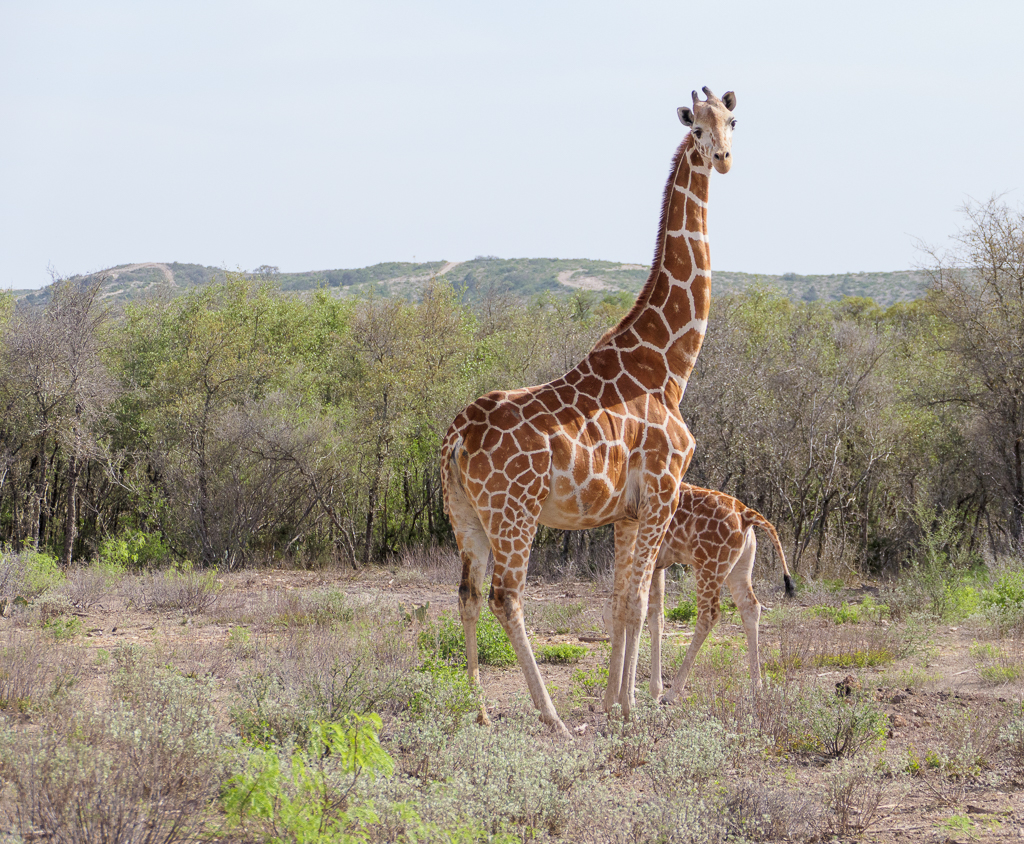

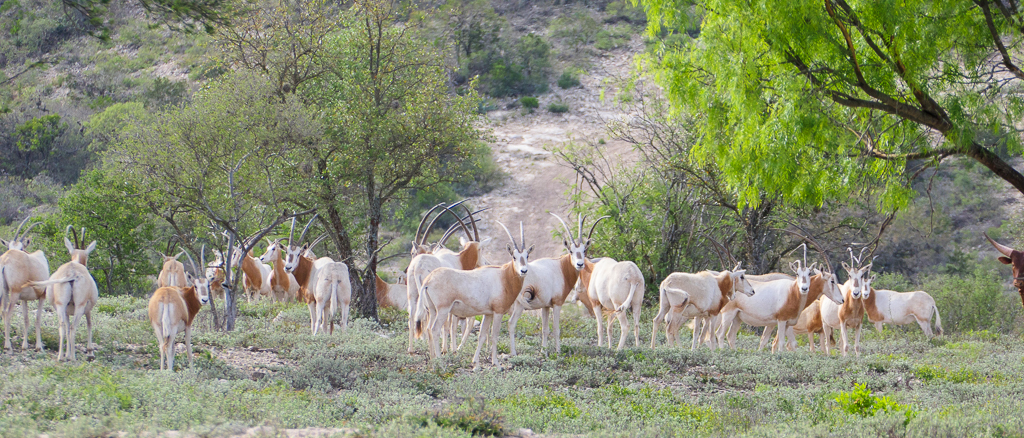
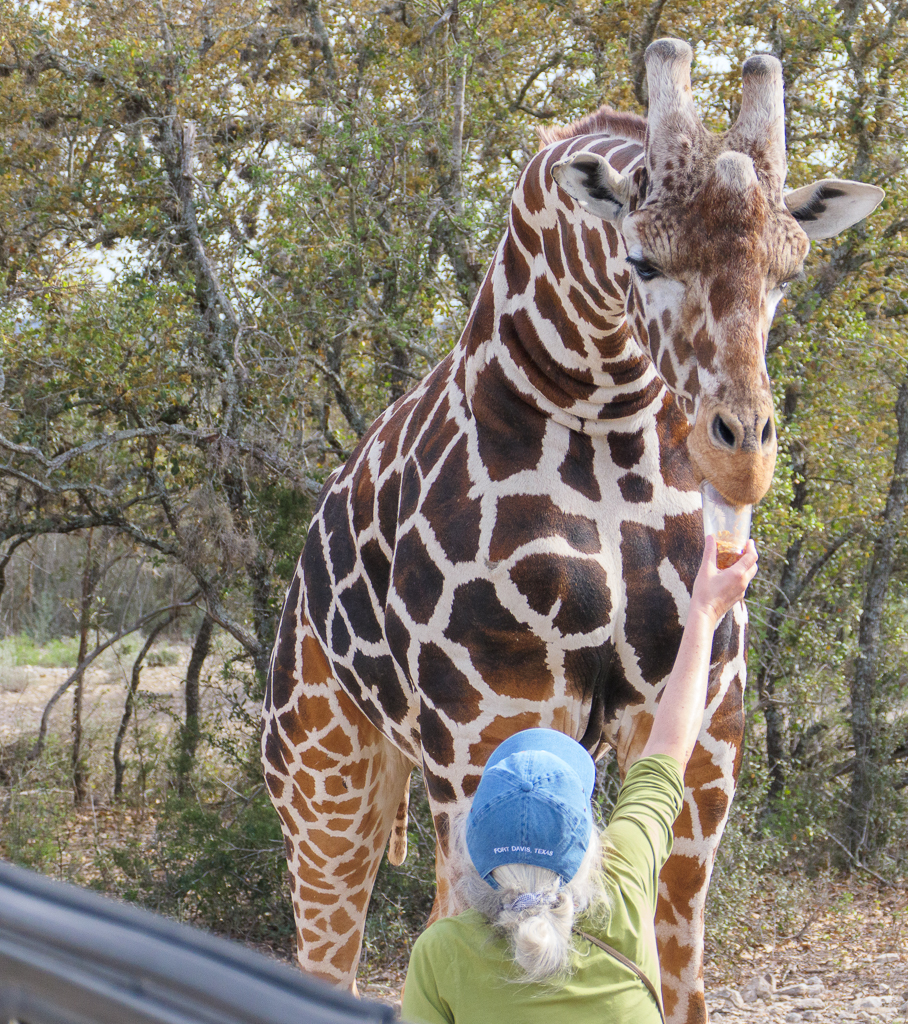
We also visited their fossilized dinosaur tracks.
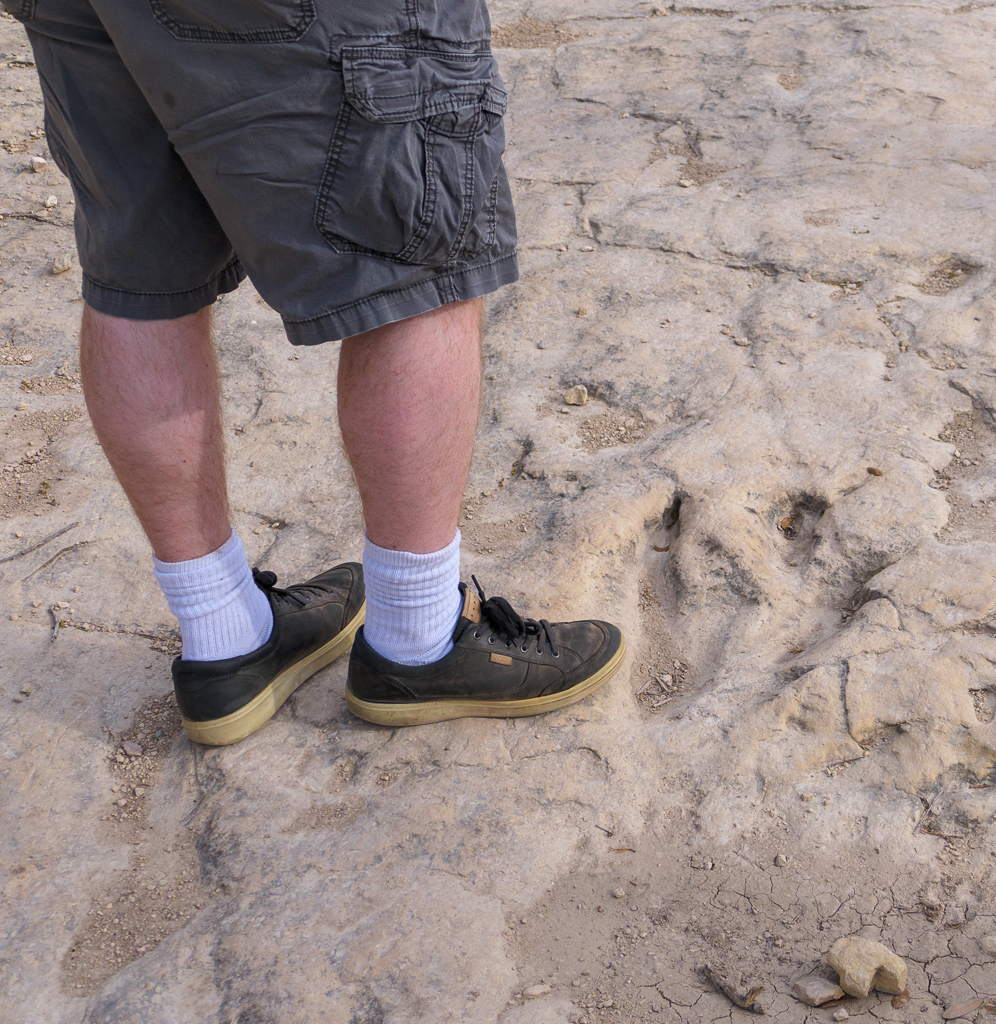
By then, it was time for dinner; we were able to do more wildlife viewing while we ate.

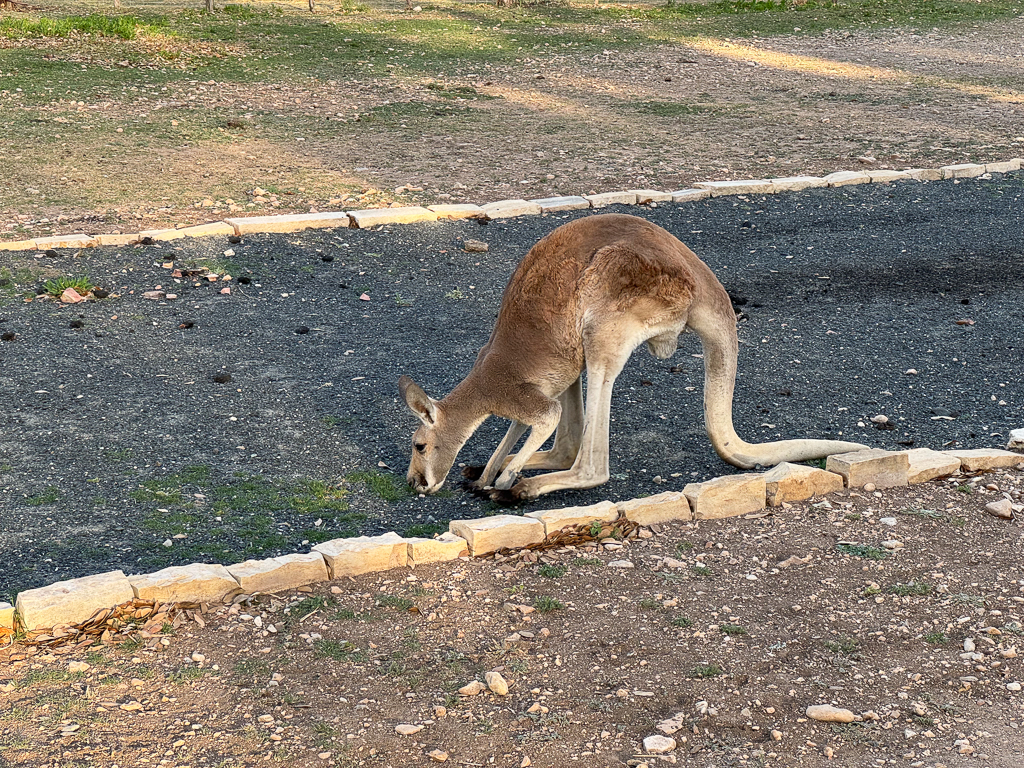
Rick Binzel gave his “Ready, Set, Eclipse” presentation after dinner; then it was time to return to our cabin to rest and prepare for the big day tomorrow.

